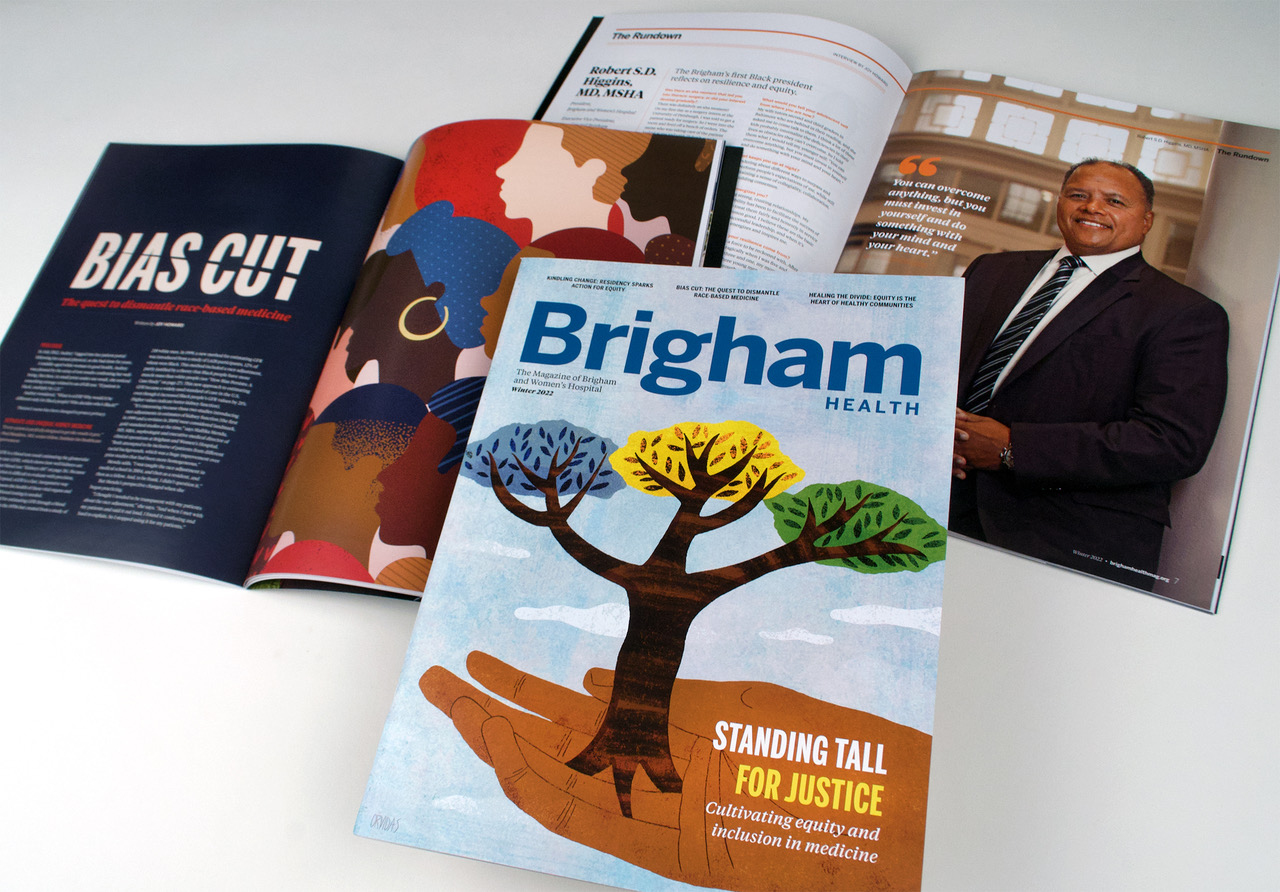GeneralNews
A Visit to the Vignelli Center
A Visit to the Vignelli Center Reunion weekend at RIT, where grads Dan and Nora toured the Vignelli Center for Design Studies (https://www.rit.edu/vignellicenter/), which holds the archives of Vignelli Associates. Massimo Vignelli once said “I believe that a designer should be able to design anything, from a spoon to a city, because the basic discipline of design is one; the only things that change are the specifics.” So true!







